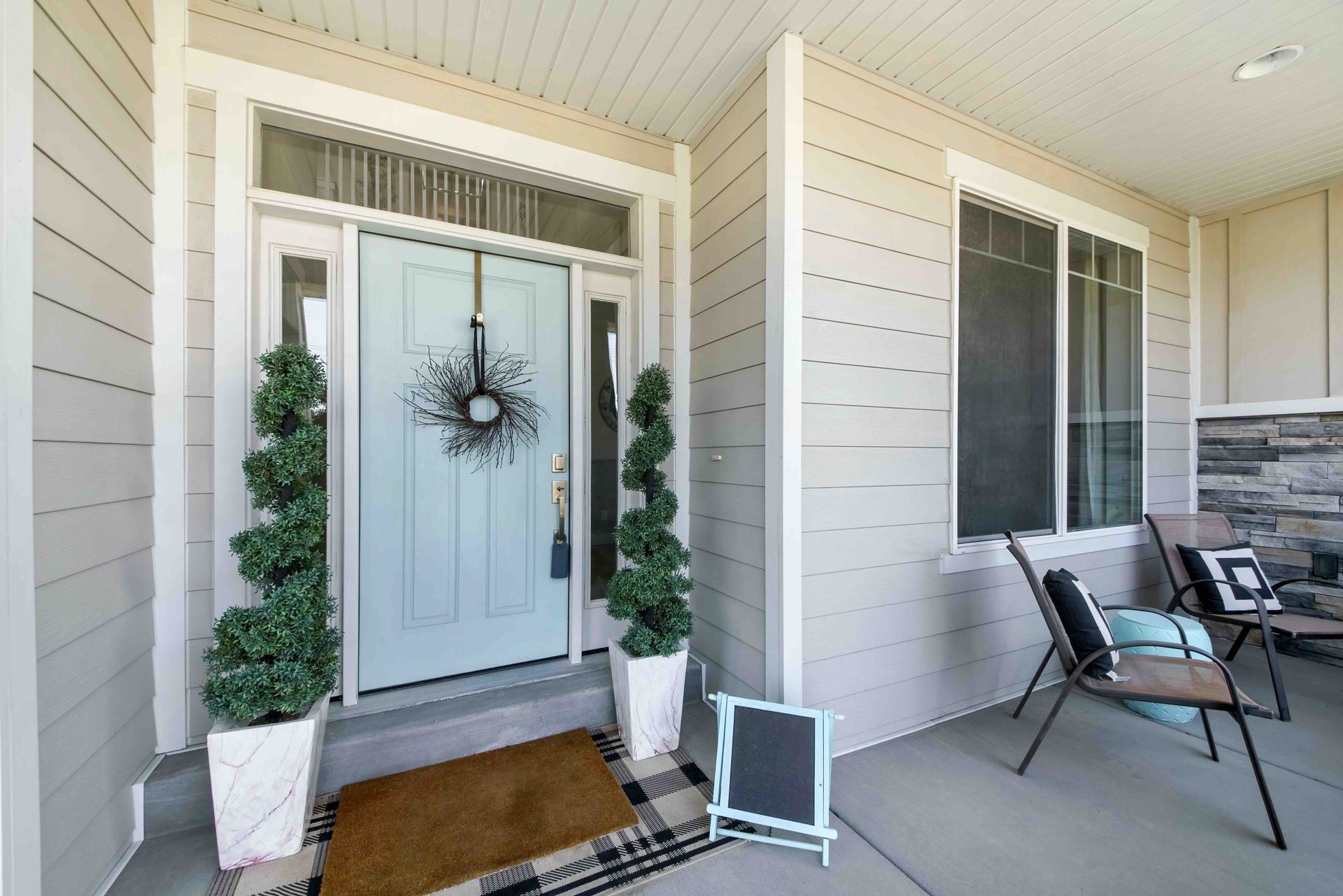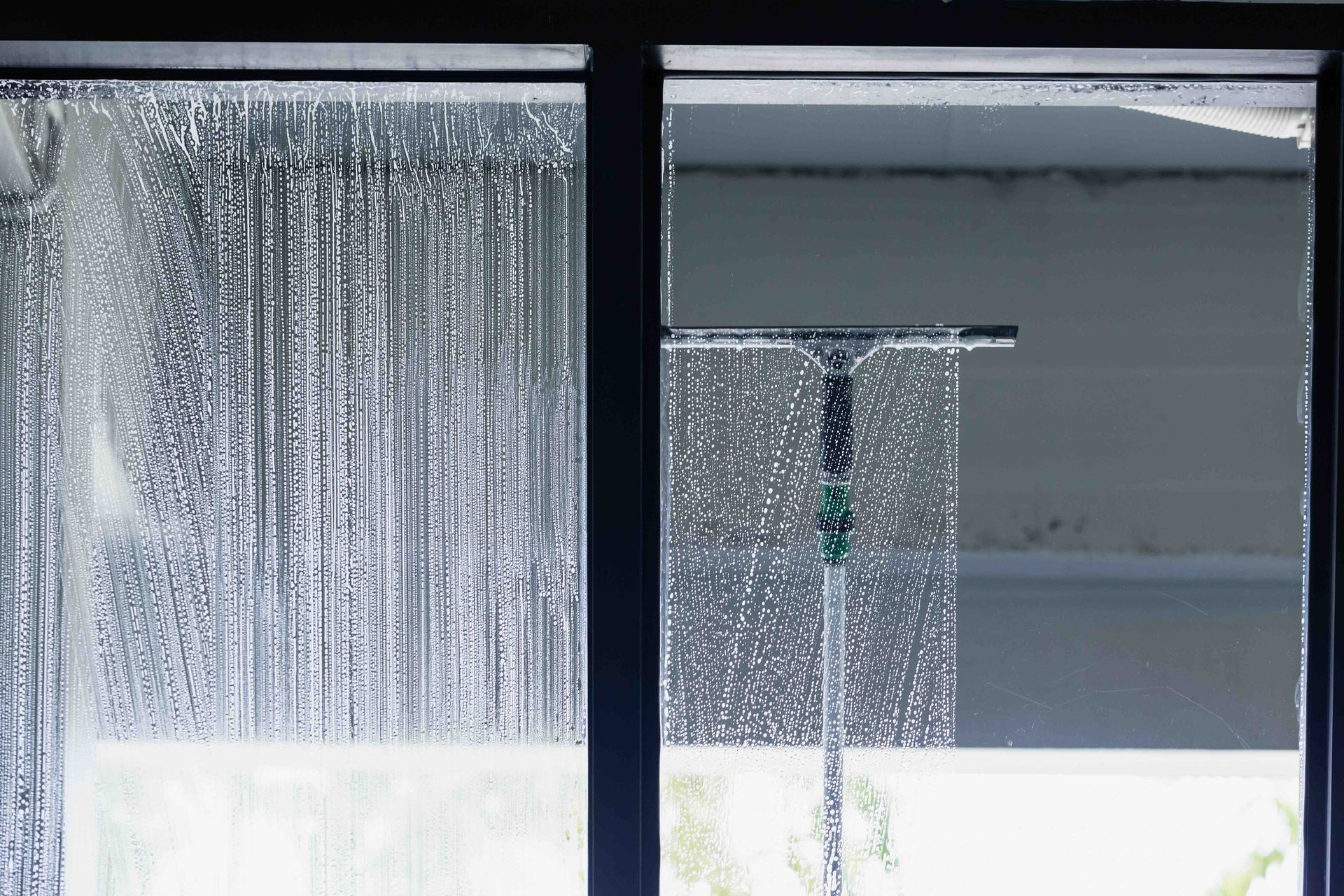Secrets to Home Inspections: An Eye-Opening Guide
A home inspection is one of the most critical steps in the home-buying process. It provides an in-depth assessment of a property's condition and helps buyers make informed decisions. Understanding what to look for during a home inspection and why it matters can prevent costly mistakes and future headaches. A thorough inspection ensures that buyers know potential issues before committing to a purchase. This process is about identifying visible flaws and evaluating the home's overall safety, functionality, and longevity. Inspections are necessary even if you have goals like having a comfortable office at home.
Real estate doesn’t have to be complicated. With Cornerstone Home Group, you get expert guidance and a dedication to "Serving All Your Real Estate Needs" every step of the way. Whether you’re looking to buy, sell, or invest, we’re here to help. Contact us today at
616.341.7231 or via
our website contact form to start the conversation!
Foundation and Structural Integrity
One of the primary areas of focus during a home inspection after buying a house is the property's foundation and overall structural integrity. The foundation serves as the backbone of a house, ensuring its stability and longevity.
Any issues with the foundation can lead to significant structural problems that may compromise the safety and value of the home. Home inspectors carefully examine the foundation for cracks, uneven surfaces, and any visible signs of shifting.
These issues could indicate potential settling or foundational instability, which can be costly to repair if not addressed early. Inspectors also assess whether any existing cracks are superficial or indicative of deeper problems.
Additionally, they check for signs of water damage, weakening the foundation over time and leading to mold growth or basement flooding. Proper drainage systems, such as gutters and downspouts, are also reviewed to ensure they effectively direct water away from the foundation. A strong and stable foundation is crucial to preventing structural failure, ensuring the long-term durability of the home, and providing peace of mind to potential buyers.
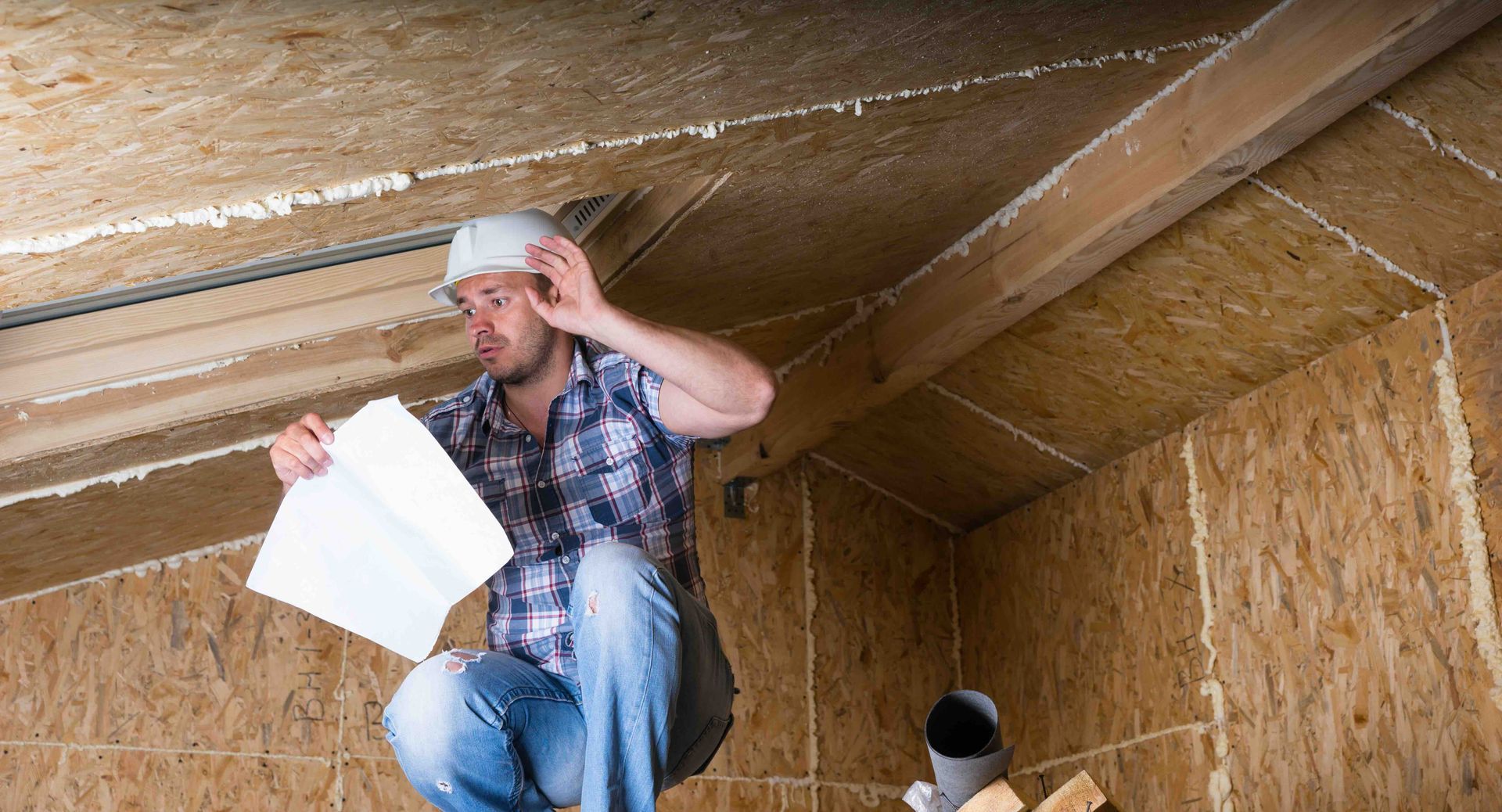
Roof and Attic Condition
The roof is one of the most critical components of a home, acting as the primary defense against harsh weather conditions. A well-maintained roof not only protects the interior but also contributes to the home's energy efficiency.
During a home inspection, professionals evaluate the roof's overall condition, looking for missing, cracked, or curling shingles. They also assess any signs of sagging or uneven areas, which could indicate underlying structural issues. Inspectors check for leaks, which can lead to water damage, mold growth, and weakened ceilings if left unaddressed. Flashing around chimneys, vents, and skylights is also examined to ensure it is intact and effectively preventing water infiltration.
The attic is another essential inspection area, providing clues about the roof's condition. Proper insulation and ventilation in the attic play a crucial role in regulating indoor temperatures and preventing issues such as ice dams in colder climates. Inspectors look for signs of moisture, such as stains, mold, or mildew, which could suggest a leaking roof or poor ventilation. Addressing roofing problems early on can save homeowners from costly repairs and maintain the house's integrity over time.
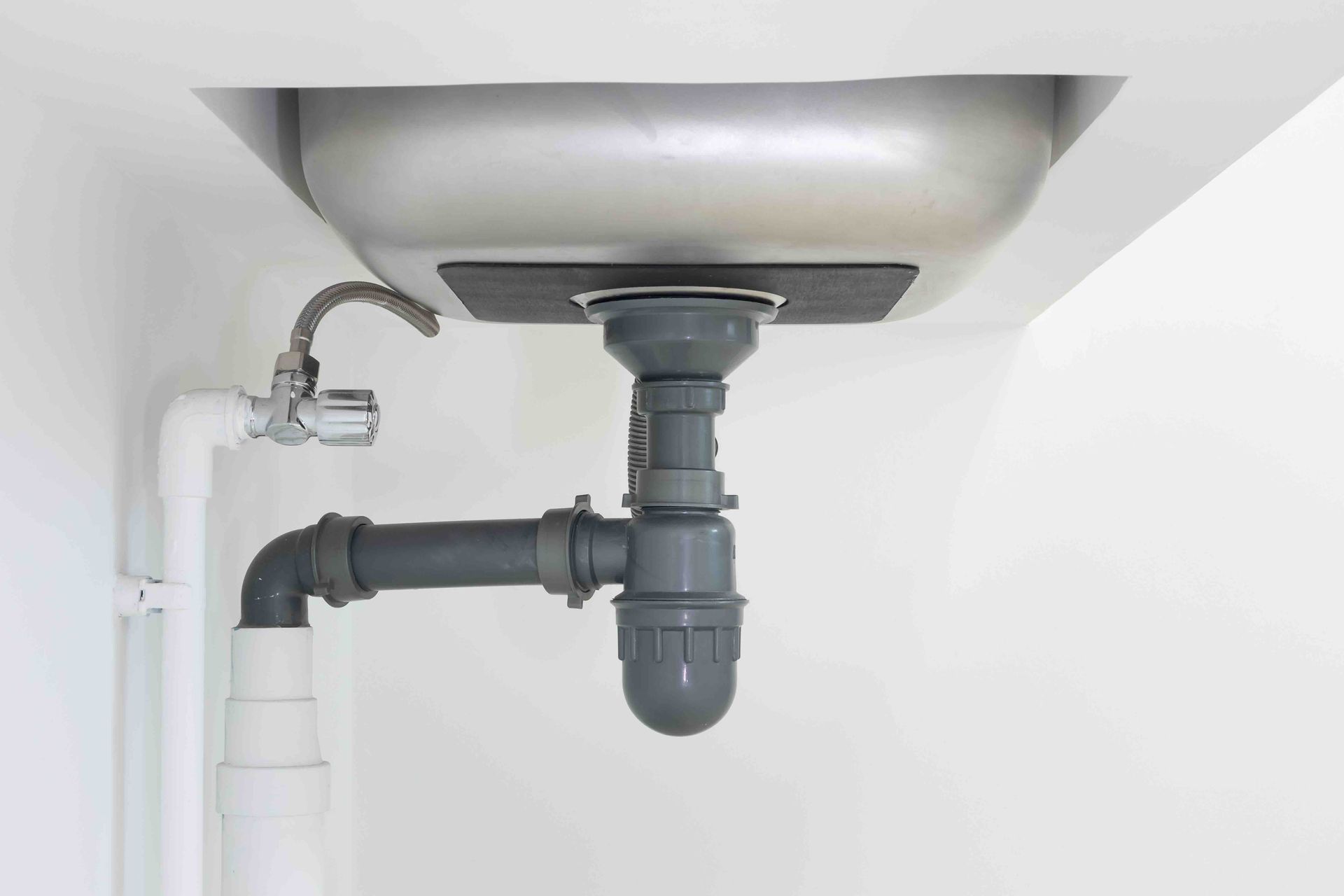
Plumbing System
A home's plumbing system is vital for daily functions, from providing clean water to ensuring efficient waste disposal. During a home inspection, professionals assess the condition of the plumbing system to identify potential issues. They examine the visible pipes for signs of leaks, corrosion, or damage.
Older homes may have outdated plumbing materials, such as galvanized pipes, which are prone to rust and buildup, leading to low water pressure or contamination. Inspectors also check the water heater to ensure it functions correctly and has no leaks or signs of rust. Water pressure levels are tested to determine if they meet standard requirements, and drains are checked for proper flow.
Any signs of water damage, such as stained walls or warped flooring, may indicate hidden leaks. Plumbing issues can be costly, so identifying and addressing them before purchasing a home can prevent future expenses and inconveniences.
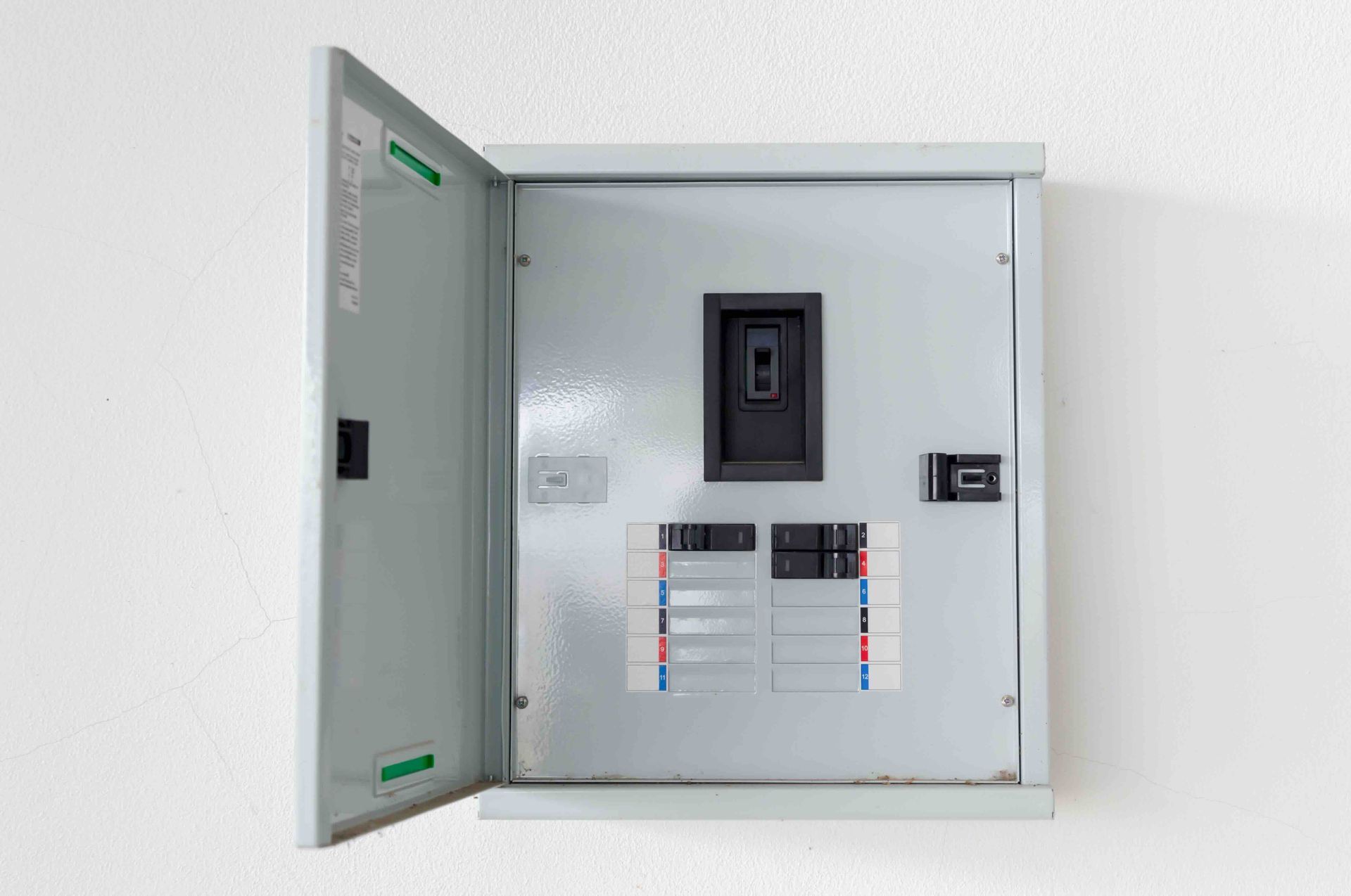
Electrical System and Safety
An efficient and safe electrical system is essential for modern homes, as outdated or faulty wiring can pose significant safety hazards. During a home inspection, professionals thoroughly evaluate the electrical system to ensure it meets current safety standards. They inspect the electrical panel for signs of wear, outdated components, or improper wiring configurations. Circuit breakers are tested to ensure they are functioning correctly and can handle the home's electrical load.
Inspectors also check for Ground Fault Circuit Interrupters (GFCIs) in areas where water is present, such as kitchens and bathrooms. GFCIs are designed to prevent electric shocks and should be installed in these high-risk locations. Outlets and switches are also tested to ensure they are adequately grounded and operational.
A home with outdated knob-and-tube wiring or aluminum wiring may require significant upgrades to meet modern safety standards. Addressing electrical concerns early on is crucial in preventing potential hazards such as electrical fires and ensuring that the home can accommodate contemporary appliances and technology.
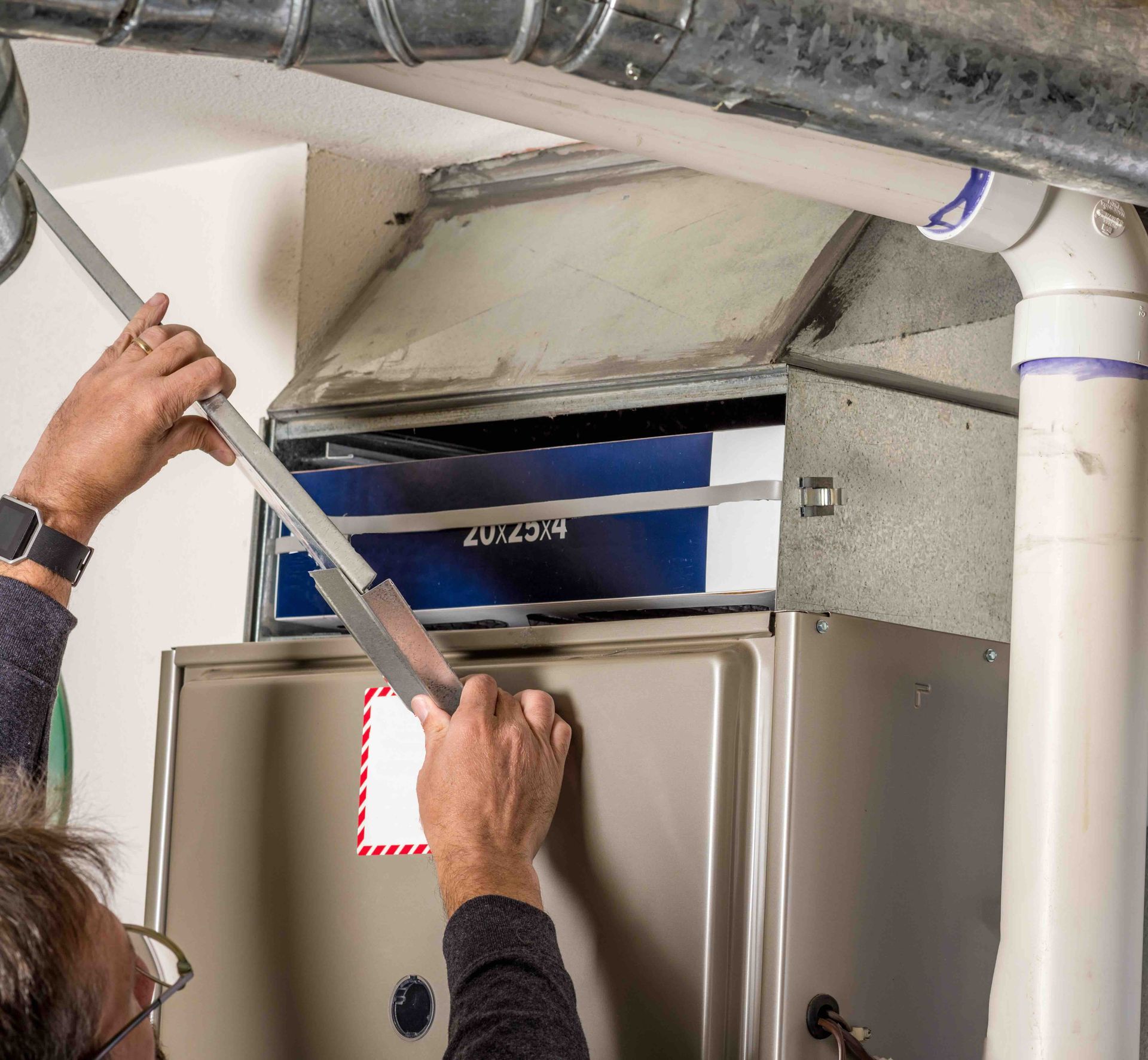
Heating, Ventilation, and Air Conditioning (HVAC) System
The HVAC system is a vital home component, responsible for maintaining a comfortable indoor environment year-round. Home inspectors assess the condition and efficiency of the heating and cooling systems, including the furnace, air conditioning unit, and ventilation system. The stove is inspected for proper operation, including checking for rust, leaks, or an outdated heat exchanger, which could pose a safety risk.
The air conditioning system is tested to ensure it is cooling effectively and does not have refrigerant leaks. Inspectors also check for clogged or dirty filters, as these can affect air quality and system efficiency.
Proper ventilation prevents excessive humidity, mold growth, and poor indoor air quality. If the home has a duct system, inspectors examine it for leaks, blockages, or inadequate insulation, which can lead to energy waste. Ensuring the HVAC system is in good condition helps homeowners avoid unexpected breakdowns and costly repairs while providing a comfortable and energy-efficient living space.
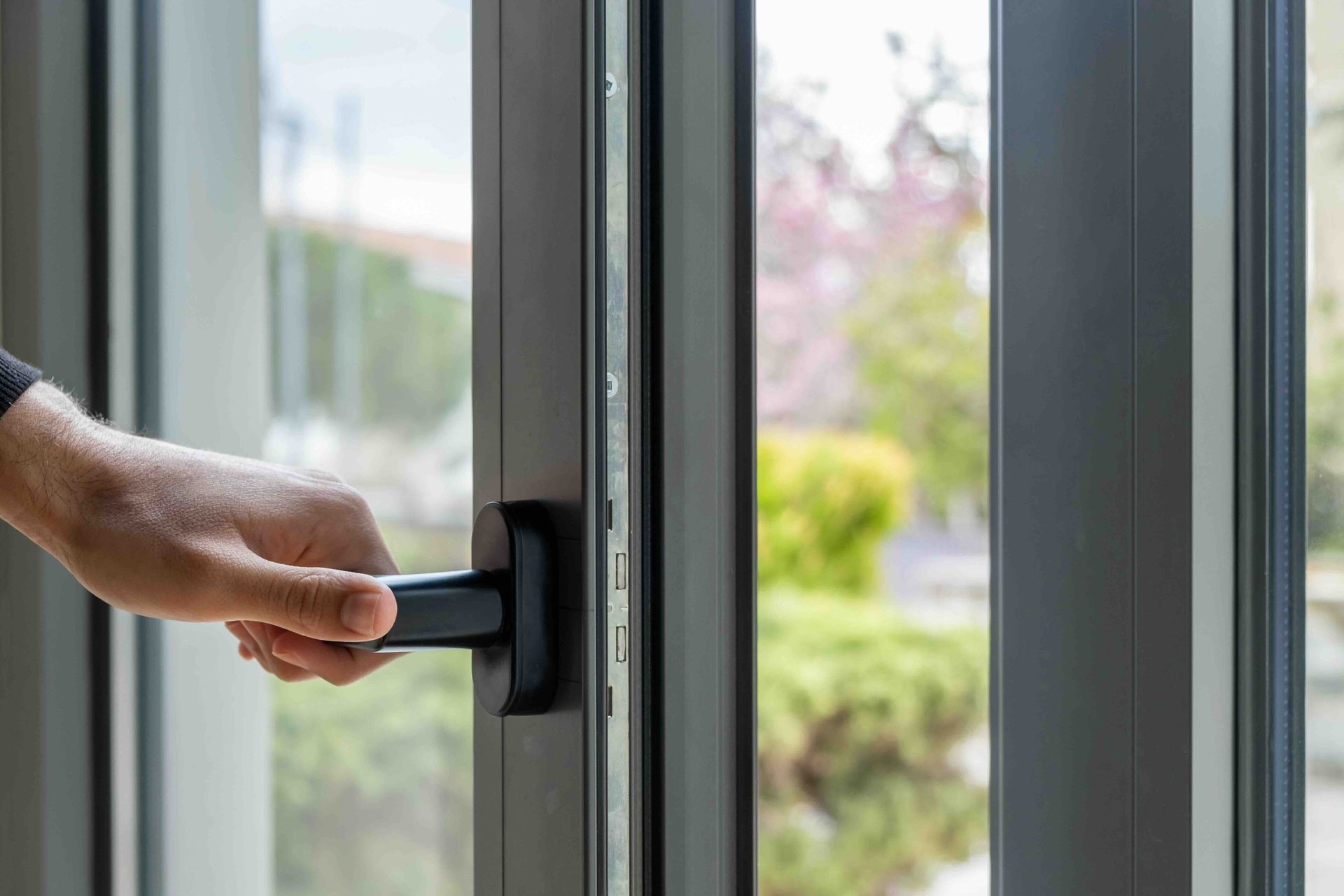
Windows and Doors
Windows and doors are essential for a home's security, energy efficiency, and overall functionality. Inspectors evaluate these features to determine if they are properly sealed and in good working condition.
Poorly sealed windows and doors can result in energy loss, leading to higher utility bills. Gaps, cracks, or damaged weather stripping can allow drafts, moisture, and pests to enter the home. Inspectors also assess whether windows and doors open and close smoothly, as misalignment may indicate foundation shifts or frame warping.
Double-pane windows are checked for any signs of fogging between panes, which suggests a broken seal and reduced insulation efficiency. Ensuring that windows and doors are in optimal condition enhances the home's security, energy efficiency, and comfort.
Why Home Inspections Matter
A home inspection is more than just a formality; it is crucial to making a well-informed investment. Identifying potential problems before finalizing a purchase can save buyers thousands of dollars in unexpected repairs.
It also provides peace of mind, knowing the home is safe and structurally sound. Buyers can use the inspection report to negotiate repairs or price adjustments with the seller. Significant issues may sometimes lead a buyer to reconsider the purchase altogether.
For sellers, a pre-listing inspection can be beneficial as well. Addressing issues before selling a home can lead to a smoother sale process and fewer last-minute surprises. It demonstrates transparency and builds trust with potential buyers, ultimately increasing the chances of a successful transaction.
How Does a Home Inspection Take Place in the USA?
A home inspection in the USA is a critical step in home buying, providing buyers with a thorough evaluation of the property's condition. It typically occurs after an offer has been accepted but before closing the deal, allowing buyers to negotiate repairs or adjustments based on the findings. The process generally follows a structured approach conducted by a licensed home inspector.
Scheduling and Preparation
Once a buyer and seller agree on terms, the buyer hires a certified home inspector. Scheduling the inspection promptly is crucial to ensuring enough time for follow-ups before closing. Buyers are encouraged to attend the inspection to gain firsthand knowledge of the property's condition and ask questions about potential concerns.
Exterior Inspection
The home inspection begins with an evaluation of the exterior. Inspectors assess the foundation, roof, gutters, drainage systems, siding, and landscaping to identify potential structural issues, water damage, or maintenance needs. Windows, doors, and entryways are checked for proper sealing, security, and insulation effectiveness.
Interior and Structural Assessment
Inspectors examine the home's walls, ceilings, floors, stairs, and overall structural integrity. They look for cracks, water stains, or signs of shifting that could indicate foundation problems. Basements and crawl spaces are inspected for moisture, mold, and ventilation concerns, ensuring safety and durability standards are met.
Mechanical and Safety Systems
Inspectors thoroughly assess essential home systems, including electrical, plumbing, and HVAC. They check circuit breakers, wiring, outlets, and grounding to ensure compliance with safety regulations. Plumbing systems are evaluated for leaks, pipe conditions, water pressure, and the efficiency of water heaters. The HVAC system, including the furnace and air conditioning unit, is tested to confirm it functions correctly and efficiently.
Appliances and Additional Features
If included in the inspection, built-in appliances like stoves, dishwashers, and refrigerators are tested for proper functionality. Inspectors also review attic insulation, ventilation, and any signs of pest infestations. Smoke detectors, carbon monoxide alarms, and other safety features are examined to confirm they are up to code.
Inspection Report and Next Steps
After the inspection, the inspector provides a detailed report outlining any concerns, from minor maintenance issues to significant structural defects. Buyers can use this report to negotiate repairs, request concessions, or reconsider purchasing. A home inspection is essential to ensure a property's safety, efficiency, and value before finalizing a transaction.
key takeaways
Understanding what to look for during a home inspection and why it matters is essential for buyers and sellers. A thorough inspection covers all critical aspects of a home, from its foundation to its roof, plumbing, electrical systems, and more. Ensuring that a house is in good condition before purchase prevents future complications and costly repairs. Whether buying or selling, a home inspection provides valuable insights that help make informed decisions, leading to a safer and more secure investment.
Share on

